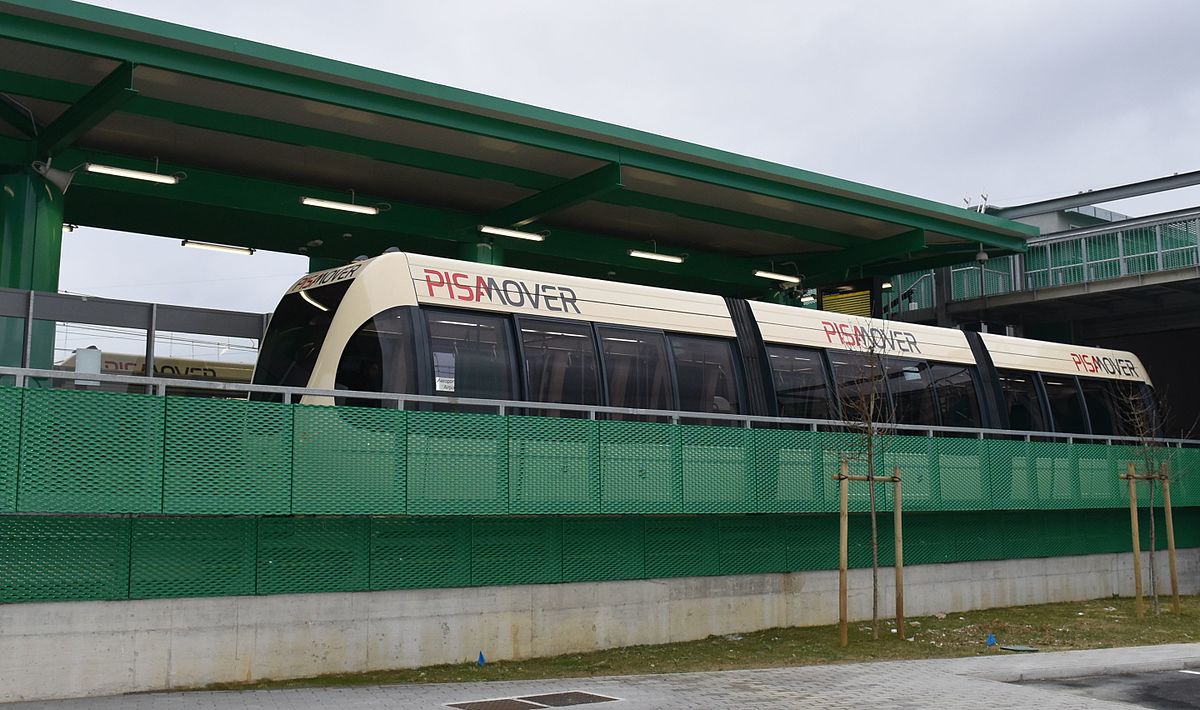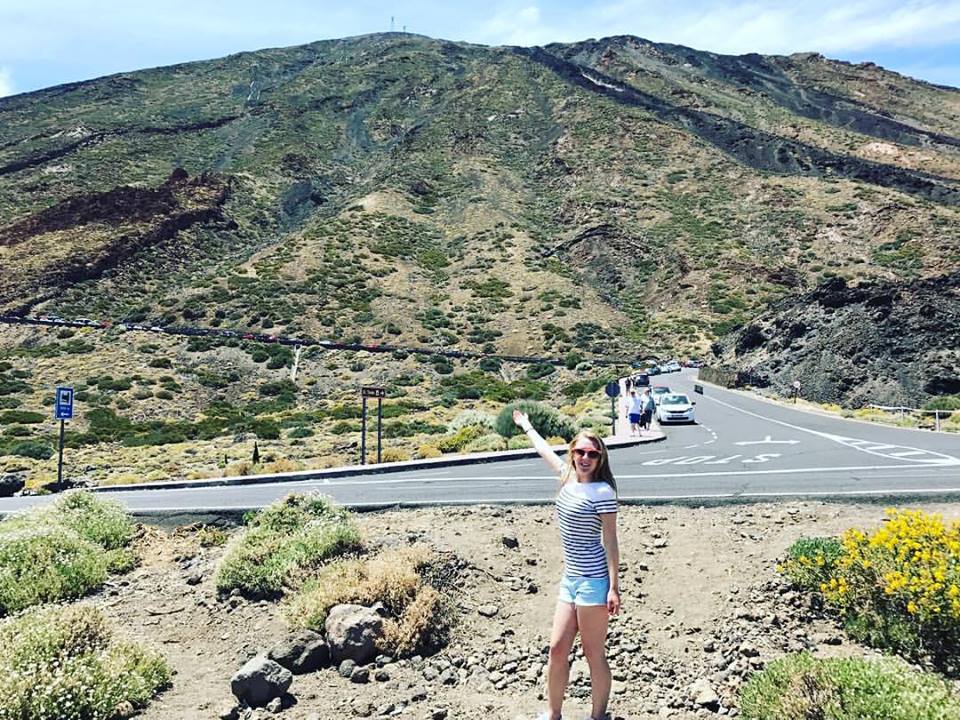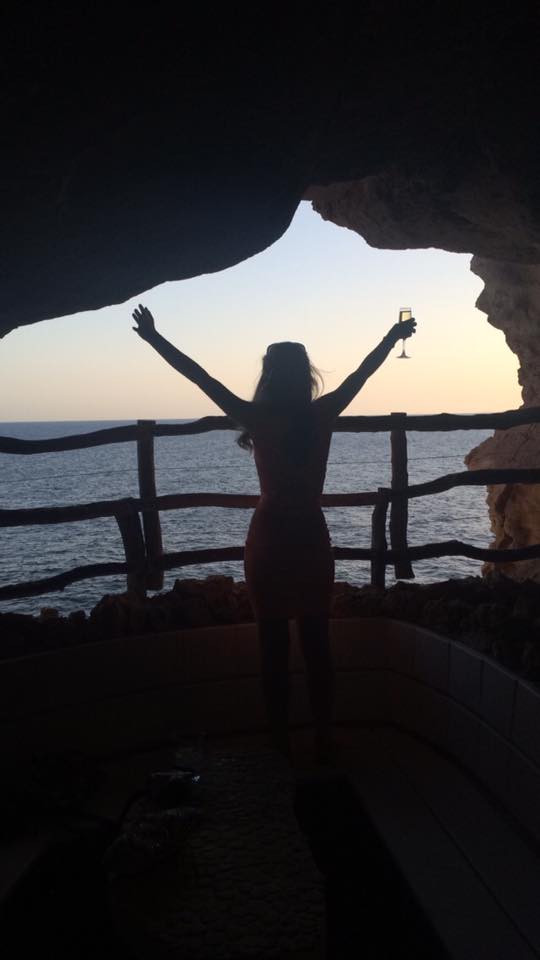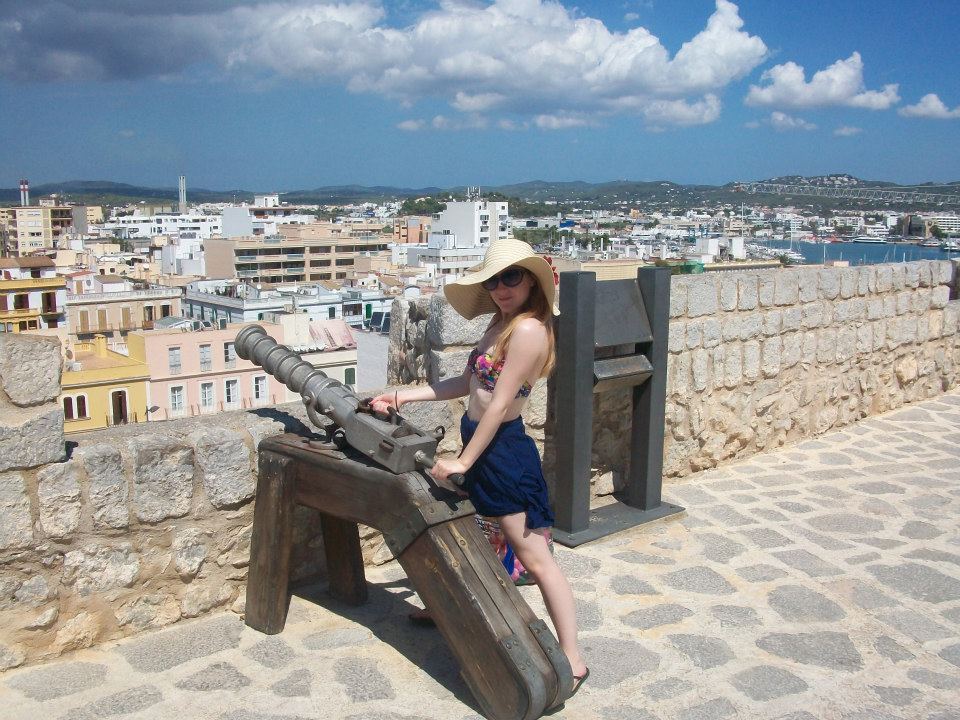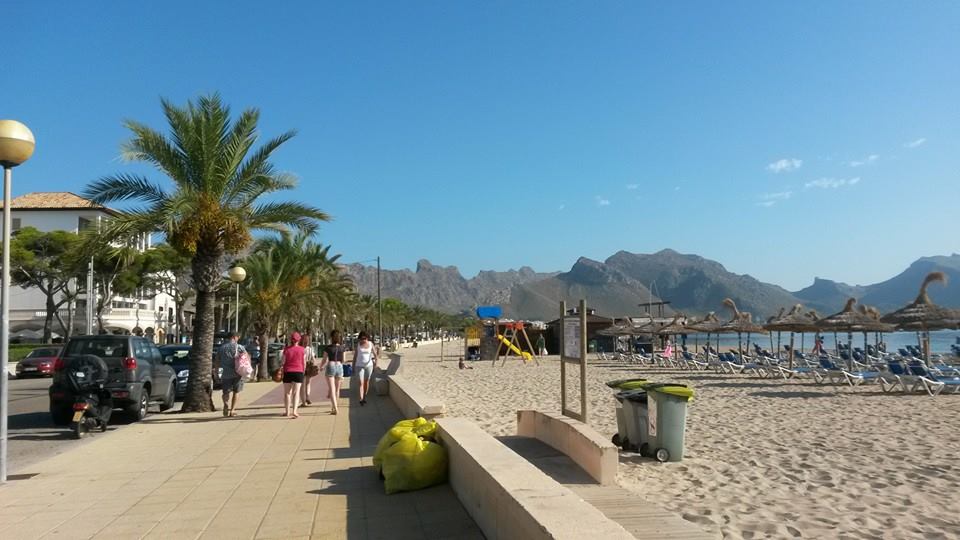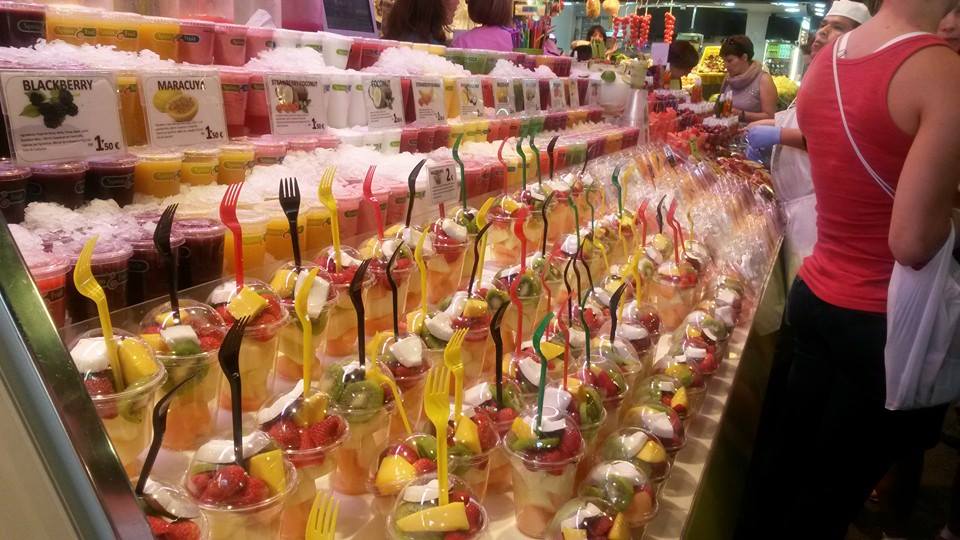A Travel guide to Hamburg, Germany’s Second City
Last August I had the pleasure of flying to Germany for the first time when I was invited on a fantastic summer time press trip! I had met the wonderful Jessi Schmidt, the face of the Hamburg Tourism Team, at Traverse 2017 in London and we had a really great meeting where we talked all things travel, she introduced me to her city and I introduced her to my blog. We really hit it off after partying together at the Traverse closing event, but even so I was still pleasantly surprised when I was contacted by Jessi a few months later asking if I wanted to Come to Hamburg with her to explore her home city! It didn’t take too much to convince me and, naturally, I said yes! Despite never really knowing much about Hamburg or having it particularly high up on my bucket list, I have always wanted to visit Germany and so jumped at the chance to attend my third press trip of the year. Jessi had put together a fantastic itinerary for myself and 4 other bloggers over a weekend in August, and here’s what we got up to during our time there, and my top recommendations for Germany’s second city…
Visit the infamous Reeperbahn
Perhaps one of Hamburg’s best known areas, the Reeperbahn is a mile long street which is full of life and a must see during your visit. Despite it’s seedy reputation for sex, drugs and for being home to one of the biggest red light districts in Europe, the Reeperbahn looks totally ‘normal’ during the day time and is quite a striking area, but after dark it transforms into a neon jungle and comes alive at night. Located in the St Pauli district, and brimming with bars, cafes, shops and restaurants, the Reeperbahn is just a short metro ride from the city centre and attracts thousands of tourists year after year. We walked along the road after taking a street art tour and then went on to visit other areas in St Pauli. My favourite building on the Reeperbahn was this cleverly designed office block which really reminded me of the famous Dancing House in Prague! Can you see the similarities too?
Explore the historic shipyards
The first thing we saw on our first day in Hamburg was the impressive shipyards, which are probably the most famous area of the entire city, and the most historic too. Founded in 1189, the Port of Hamburg is the second busiest port in Europe, and nicknamed Germany’s Gateway to the World. It’s harbour occupies a large chunk of land and is sat on the River Elbe, just over 100km from the North Sea. As central Europe’s main port, the shipyards have played a major part in Germany’s maritime history and it’s strategic location has been a huge factor to its success. We actually walked up a mini hill opposite the port where we could get a good spot overlooking the harbour front, ready to watch the sunset over the shimmering waters below. Our tour guide gave us an insight into some of Hamburg’s maritime history, and the role the port had played over the centuries, and I found it really interesting and loved learning a little more about a city which is largely unknown to me.
Go stand up paddle boarding
So I know this isn’t your average city break activity, but when I’m on press trips I like to take part in all aspects of the itinerary and really like to challenge myself. I had never been stand up paddle boarding before and thought that was only done in the sea, so I was a little apprehensive about doing it on a cold river which looked just as uninviting as the Thames in London! It was a relatively warm day though and the sun was starting to break through the clouds, so after arriving at the super cool Supper Club Hamburg, I decided to get my bikini on, grab my oar and get out on the water! After a brief safety lesson the rest of the group and I had made our way out on our boards and onto the Outer Alster Lake, one of the tributaries of the Elbe River. We spent a couple of hours meandering around the lake, going under bridges and passing numerous Hamburg landmarks along the way. I found SUP’ing quite difficult at first, mainly because I was scared of falling in the dirty waters, but once I’d found my balance I soon started to relax and really enjoyed the experience – what a quirky, alternative way to discover a new city!
Attend a festival
Summer is always a great time for a city break, but August turned out to be a brilliant time to visit Hamburg as there were a number of different festivals on during the weekend we were there. On our first night we headed to the local fun fair, with tonnes of rides, an enormous ferris wheel, plenty of stalls and bars and home to the biggest portable rollercoaster in Europe! This place actually reminded me a lot of Winter Wonderland in London, just minus the Christmas theme, and the night ended with fireworks which was a great way to finish our first day. Our second night was spent at the famous Vogelball, an annual live music festival with funky stalls, pop up street food and quirky entertainment. Although the music wasn’t really my kinda thing, I embraced it and really enjoyed my time there, plus getting our hair and make up done beforehand was a real treat! Our last day ended with the ice cream festival, and we definitely saved the best til last! I bloody love ice cream and was running around like a big kid trying out as many different flavours as I possibly could, whilst learning all about how different ice cream is made, of course. There are many different festivals on in Hamburg throughout the summer, and I was lucky enough to experience three of them in my two nights there which really added to my trip.
Wander down by the water front
This area of Hamburg came as a total surprise to me and I had no idea it existed until our last day! After our itinerary had ended we had a few spare hours before our flight back to London and so a couple of the other bloggers and I took it upon ourselves to do one last bit of exploring before we headed home. We weren’t sure what we were looking for but knew that we wanted to find some good food and do a little sightseeing, so we were in luck when we found the water front with its array of gorgeous restaurants and pretty central square! We wandered over to the water front and sat down for lunch at one of the busy restaurants, admiring the enormous fountain which shot up into the sky, reminding me of the Jet D’Eau in Geneva. After lunch and a little exploring, we stumbled upon the gorgeous St Michael’s Church and the impressive Rathaus Building (City Hall) – I’ve included a photo of this at the bottom of the post as this place really caught my attention, and was one of my favourite things about this area.
Where to stay
We actually stayed a little out of the city, in the brand new Prizeotel Hotel which had not long opened. I really loved the style of the hotel, with it’s cutting edge design and futuristic/space theme, and the rooms were compact, cosy and perfect for what we needed. I did think it was quite far out of town though, as we had to get in taxis to get into the centre and couldn’t really walk to any local shops or bars, although there was a metro station about 10 minutes away which was well connected to the rest of the city. I think if I were to visit again I would definitely stay somewhere more central, perhaps towards the old town area where the Rathaus Building and water front was, as this was my favourite area of Hamburg.
Where to eat/drink
There are hundreds of places to eat and drink in Hamburg, namely the Reeperbahn and St Pauli districts if you’re looking for somewhere lively. On our first night we ate at a trendy Mexican restaurant in St Pauli but there were loads of places to choose from in the area. We had a little showaround of a few restaurants as part of our street art tour earlier on in the day and got a good feel for the place. Dinner for our second night was at the Vogelball festival and we just grabbed some street food, so I didn’t really try any typical German food during my time in Hamburg but I hope to do this on my return visit one day. The Fishmarket down at the harbour front is a must-see if you’re wanting to taste some of the freshest fish in the city, although this wasn’t really for me as I don’t eat fish, I heard great things about it – especially the live music which kicks off early in the morning!
Have you ever been to Hamburg before? What did you think of it? It’s quite a large city and not easy to get around on foot, so we used our Hamburg Cards to make use of the excellent public transport links, including the metro, buses and yellow taxis. I am hoping to return to Germany at some point this year as I have my eye on a Christmas Market break to Berlin in December, but I definitely need to see how my travel plans go for the rest of this year first! Big thanks again to Jessi and the Visit Hamburg Team for putting on a fantastic weekend and for looking after me during my time in the city.
NB. My flights, hotel, transport and activities were all sponsored by the Visit Hamburg Team as part of the Come to Hamburg initiative which invites bloggers, journalists and press members to experience Hamburg for the first time, but all thoughts and opinions are of course my own.

